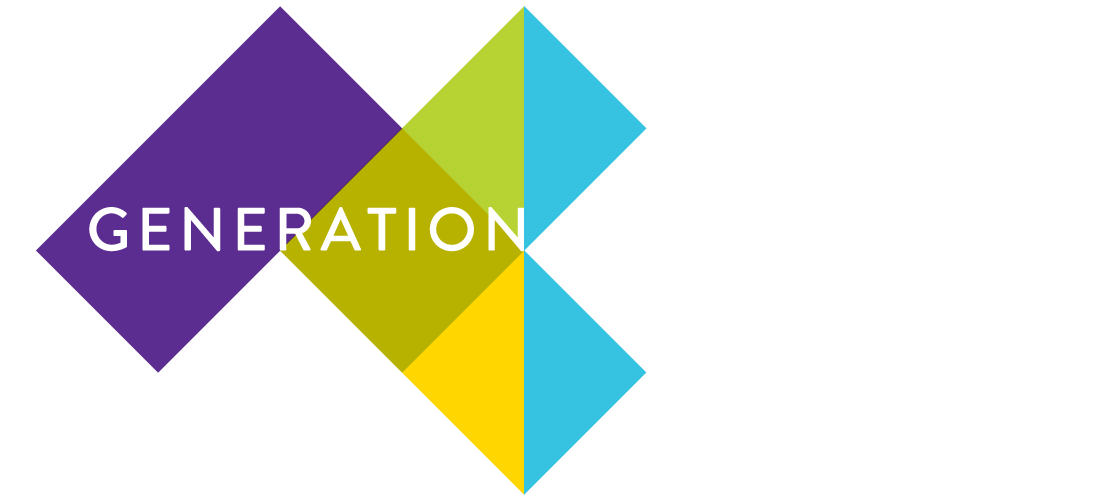Around Every Corner: Political Animosity Invades My High School
Political ideologies have long played a pivotal role in shaping societal dynamics in education settings, and high schools are no exception. In my experience attending three different high schools in New Jersey, I have observed how the student body and faculty's prevailing political beliefs influence each school's cultural climate and the overall environment of each school. When the dominant political group generates animosity toward students with opposing beliefs, students are left isolated and divided.
The first high school I attended fostered an exceptionally welcoming atmosphere. Its student population was ethnically and culturally diverse, and the dominant political leanings among students and staff tended to align with progressive, left-leaning ideologies. Similarly, the second school I attended—a performing arts institution—was also characterized by a predominantly liberal environment, with a majority of students and educators holding left-leaning views.
The school I currently attend is the polar opposite. It is located in an area where the vast majority of residents are conservative or hold stern right-leaning views. The values and beliefs across the student body are extremely limited and tend to be close-minded. As I move throughout the hallway in between classes, I hear the most known students, who are loved by staff and their peers alike, spitting out ignorant jokes at the expense of a group of people they clearly don't understand nor care to demonstrate basic human compassion for. Insensitive and frankly racist, homophobic, and sexist remarks are casually thrown back and forth between the teenagers like a ball on a summer day.
Where does discrimination begin? We have to believe, to hope, that the prejudice and harmful stereotypes directed at those whom society deems “undesirable” can be dismantled by individuals who choose to disrupt the destructive cycle of ignorance. Cruelty is not innate, but rather a developed habit that has become normalized in American society and is exemplified by individuals who are role models for malevolent behavior. That is to say, it is taught by the people and places we are influenced by, especially during our most impressionable ages, such as childhood and adolescence. This is why it is incredibly crucial that when the dominant political opinion begins to affect learning abilities and limit the students' productive social interactions teachers must take action. On the school website, it reads that said educational institution,
“shall provide equal and bias-free access for all pupils to all school facilities, courses, programs, activities, and services, regardless of race, creed, color, national origin, ancestry, age, marital status, affectional or sexual orientation, gender, religion, disability, or socioeconomic status.”
Ironically, the very commitments outlined in this statement are exactly the ones faculty members are most reluctant to address openly within the school atmosphere. I am not alone in overhearing the worrying conversations that persist throughout the hallways, conversations that verbally demonstrate the undercurrent of exclusion. Teachers must exhibit stern and unrelenting leadership to ensure the values their institution claims to represent. This can mean cultivating safe spaces, comforting and activity addressing discriminatory behavior, and allocating beneficial resources to advocate for equity.
At my school, if you refuse to comply with social norms, you will be viewed by the vast majority of your peers as “too sensitive” or “radical”. It is not radical to believe in equity and at the very least kindness, it is and should be natural. These rigid expectations make for an extremely lonely and anxious high school experience for anyone who decides to exercise their rights to free speech and political liberty. No student should have to decide between being socially accepted or upholding inclusivity.
As the polarization of politics begins to intensify, the foundational principles of public education become increasingly vulnerable. A divided student body doesn't just affect those who are excluded from the “in-group”. The students who disregard lessons covering topics such as violence against the LGBTQ + community, America's history of racism, or the importance of a fair and equitable judicial system, continue to live in a bubble of ignorance. By rejecting these crucial educational opportunities, the vicious cycle of political division prevails.
For these reasons, I founded the first Human Rights Club in my school. To my surprise, the club now has over 40 members. Turns out, I was not alone. The club meets weekly to discuss current human rights violations, members share their own experiences with discriminatory rhetoric and discuss what steps we can take to combat prejudice. We also work on fundraising as we advocate for the preservation of human rights.
To all of my fellow students who feel like they are suffocating under the pressure to conform or revolt and risk being outcasted, know that you are not alone in your struggles. Small changes in the school environment, such as creating an all-inclusive club focused on bringing awareness to issues that you are passionate about, hosting welcoming after-school hangouts, or simple acts of compassion like actively listening to each other, might not make you feel like you are changing the world just yet, but you are changing your world, and that's a hell of a start.

